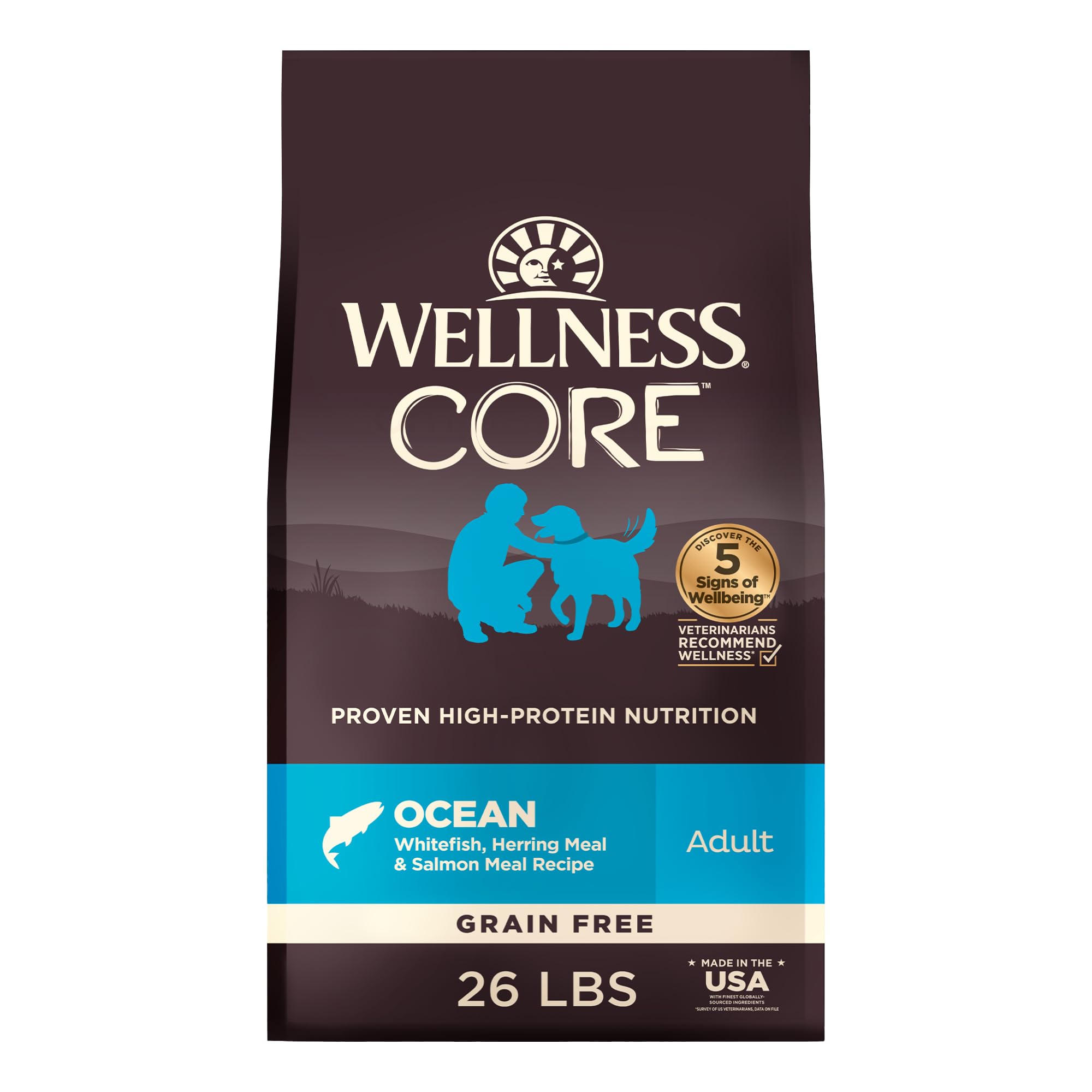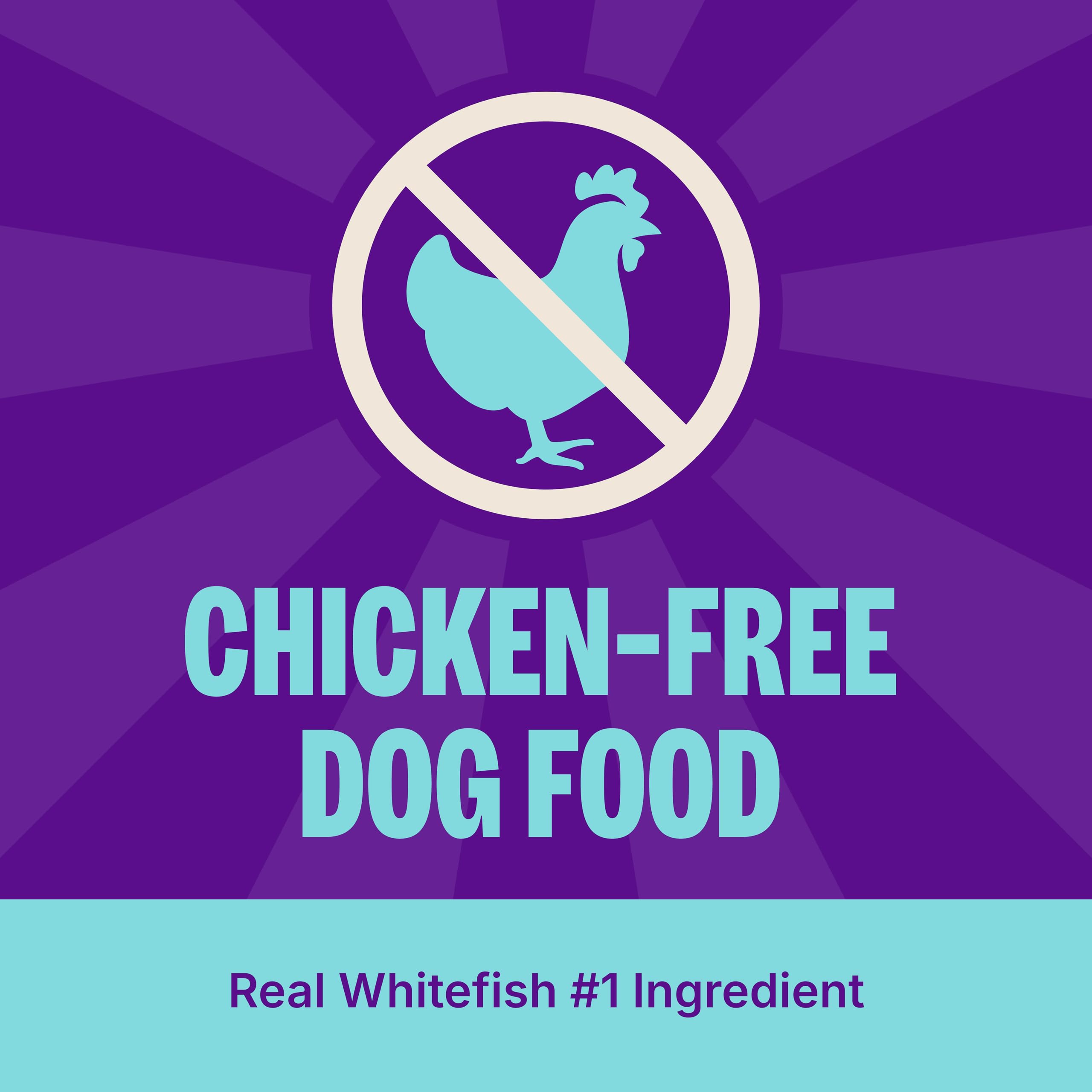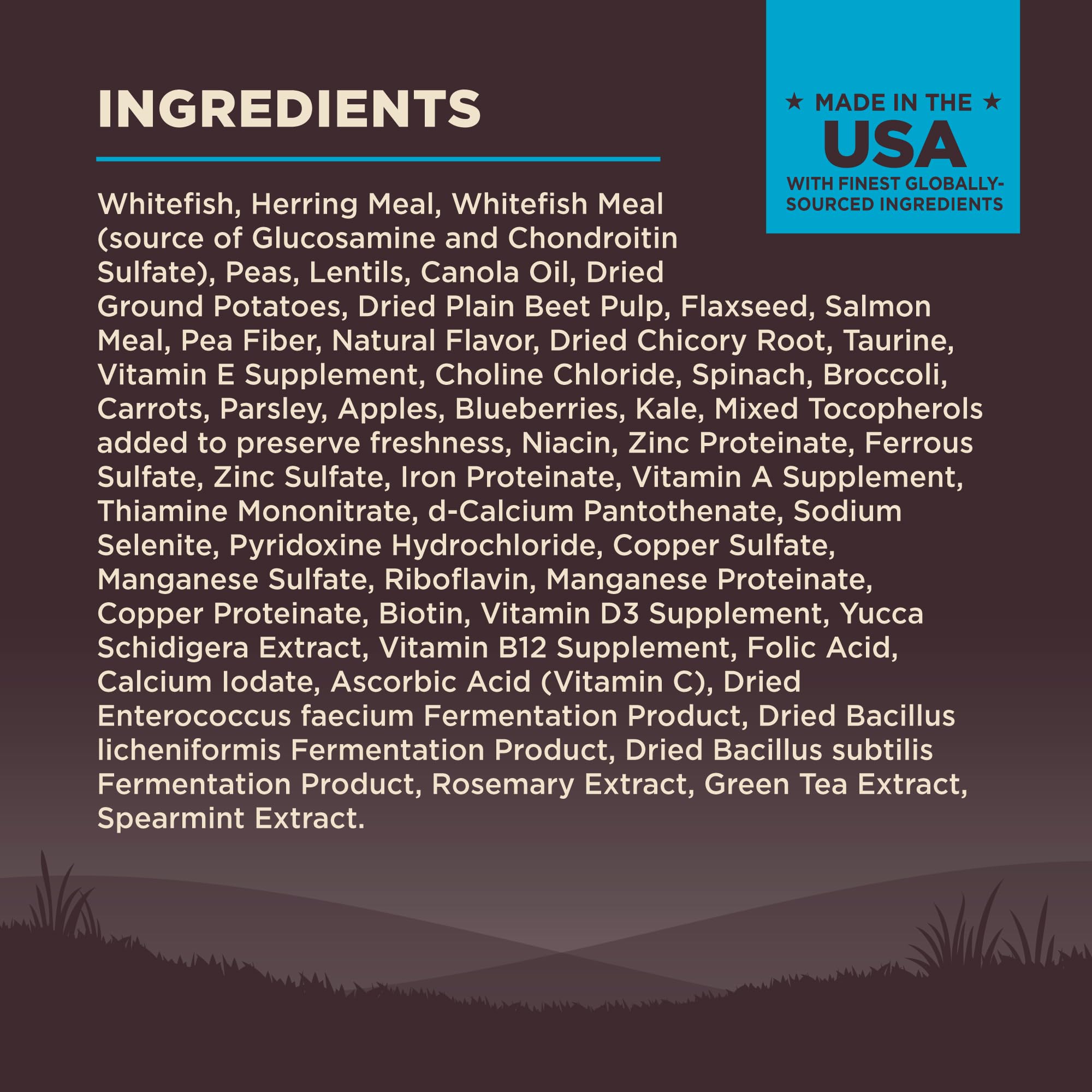Customer Services
Copyright © 2025 Desertcart Holdings Limited
Desert Online General Trading LLC
Dubai, United Arab Emirates










🐾 Elevate your dog’s health game with every bite!
Wellness CORE Grain-Free High-Protein Dry Dog Food delivers 47% premium fish-based protein from whitefish, herring, and salmon, crafted without grains, corn, soy, or artificial additives. Made in the USA with responsibly sourced, non-GMO ingredients, it supports lean muscle, healthy skin, digestion, and joint health—perfect for adult dogs of all breeds seeking a natural, nutrient-rich diet.


| Number of Items | 1 |
| Item Weight | 26 Pounds |
| Unit Count | 416 Ounce |
| Occasion | Birthday |
N**U
...or How I Learned to Stop Worrying and Love the CORE.
I am a dog owner and dog trainer with a thirst for knowledge. When I first started hunting for a great dog food I did my research and began with Blue Buffalo. I tried a number of premium brands and formulas before this came out and nothing, including the regular line by this brand, can hold a candle to CORE. It's not the most affordable, but at least in MN, I can't find a better price for this. If you can get the subscribe and save discount this food is a steal!My dogs are constantly observed as extremely healthy by vets and trainers alike. They have noticeably softer coats since switching them to CORE and less skin issues. I also no longer deal with frequent gas - something several premium brands caused.If you're still not sold, here are some guiding principles for why this food is great and how to shop for quality dog food. Everyone has a budget, but try to find one you can afford with the best of these:- The first ingredients should always be meat. Just like human labels, the first ingredients comprise the largest quantities within the product.- Lamb and then chicken tend to be most digestible for most dogs.- Meal is like a protein powder made by rendering down a stew-like mixture to maximum potency. It contains more protein than meat alone by eliminating water per ounce. That said, not all meal is created equal. Make sure the source is specified. Simply saying "poultry meal" can mean it came from any source they could find and usually that means varying degrees of quality.- Avoid grains as they can irritate many dogs stomachs. You want potatoes, oats, and/or brown rice for fiber and carbs. If you see "brewers rice" on a label, it shouldn't be in the top five ingredients (or at all for me). It's a cheaply obtained processed carb and a filler.- Flaxseed and fish oils are great for skin and coat. I used to supplement my dog food with salmon oil in winter, but it hasn't been necessary since they started this food. Mentioning the source of the fish oil indicates its quality, just like the meal source.- I like a food with few antioxidant ingredients in it, such as blueberries and broccoli. Healthy for us, healthy for them. That's just my opinion though. I treat with the fresh stuff when I can.- That list of vitamins at the end? It's your dog's daily multi vitamin. Glucosamine is important to joint health for any size, age, or weight. This product has natural preservatives, which is my preference where possible for their diet and my own.- Protein percentage! Vets say stay above 15% for a normal adult dog; my goal is closer to 25% or 30%. If your dog is very active, that should be your goal too; however, even if your dog isn't that active a higher protein content is fine. Early research used to claim it could cause renal failure, but that research has long been debunked.Don't believe me? Do the research yourself. Don't trust the word of food reps, breeders, or even many vets. Most haven't paid attention to nutrition science, it's advances, or have an agenda of their own. Even a well meaning vet may not know some of this and be operating on outdated common knowledge.Never transition your dog's food all at once. Pay attention to their unique reaction to a new food over the first few weeks at 100% of it. Pay attention to their stool and frequency of bowl movements. Watch for weight fluctuations. New food means you may have to increase or decrease their volume per meal. Each dog has unique needs and sensitivities, just like we do, so even a great food may not be great for your dog.I hope this helps!
M**E
Awesome food and great for skin issues
Normally, you don't find fish in cheaper dog foods. If you do, it is likely processed with a very toxic chemical called "ethoxyquin". Wellness core specifically states that they DO NOT use fish processed with this chemical! Very important to find that on whatever fish based food you purchase. Also, there is no Wheat or Corn in Wellness Core products. Both wheat and corn are common causes of allergies in dogs. There are also NO "animal by-products", "rendered", or "animal digest" products. If you knew what those were or how they are made, you would get sick (think all the animal parts left over that cannot be eaten be humans). If the zombie apocalypse comes, I'd not have an issue eating some Wellness Core in a pinch :-)Why I use the fish version. My previous dog were on the regular wellness core for 10+ years. Both passed away and I adopted an adult dog and started him on the same food. He had an existing skin condition and I though putting him on a "wheat and corn free" diet would help. Well it did somewhat, but the skin issues didn't resolve. Asking around I found out that omega 3 fats can make a huge difference related to skin issues. Initially I was going to use ground Flax and add it to the food, but discovered that the omega 3's from Flax are different from the omega 3's in fish oil. Fish oil has EPA and DPA, while flax is mainly ALA (alpha lineolic acid). Both are types of oils are good, but the benefits of fish are not provided by flax.Why I switched to Wellness Core Fish. The omega 3 fat content from this food is very high and helped tremendously with my dog's itchy skin. He use to chew the top of his back at the base of his tail and on the sides above his rear legs. After about a month of switching to this food, the chewing started to stop and after another month, his skin cleared up and hair started to fill in. He was previously on the regular Wellness Core (which I think is turkey based?) The protein, fat, carbohydrate breakdown of the two different types of food are very similar. The only obvious difference is one is fish based. Most of the other ingredients are the same.From the research I've done, dog allergies that are food related, are commonly caused by WHEAT, and CORN. You won't find either of these in Wellness Core.You will want to keep this food in an air tight container. It is fish based and is a bit smelly. It will smell like someone opened a can of tuna in the kitchen.
W**R
Good quality
Good quality dog food and my dog likes it. A little on the expensive side but better than most dry dog food out there.
Trustpilot
1 month ago
2 months ago